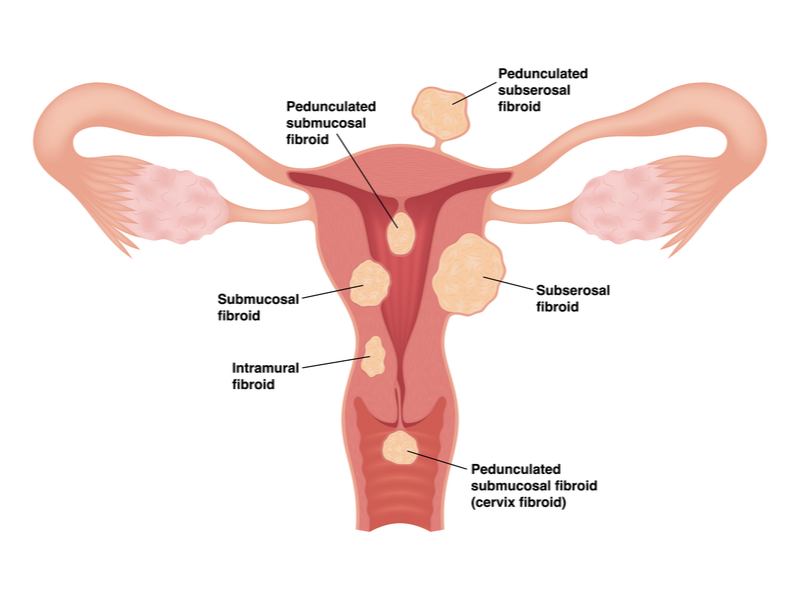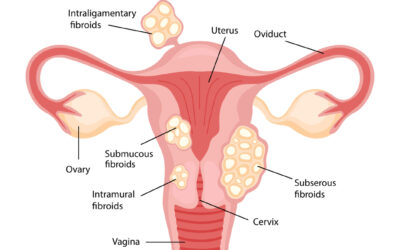How Do You Know If You Have Fibroids?
Uterine fibroids (also known as leiomyomas or myomas) are the most common benign tumors in women of reproductive age, originating from myometrial smooth muscle cells of the uterus.
The morphology of uterine fibroids may vary greatly:
- They can be solitary or appear in multiple clusters.
- Their size range is considerable, from minuscule to giant masses of 20cm of diameter.
Uterine leiomyomas are classified based on location:
- subserosal (projecting outside the uterus)
- intramural (within the myometrium)
- submucosal (projecting into the uterine cavity).
Some fibroids develop on stalks that grow out from the surface of the uterus or into the cavity of the uterus. They might look like mushrooms. These are called pedunculated fibroids.
Size, number, and location of the fibroid affect symptomatology and treatment options.
Everything you need to know when preparing for your uterine fibroid ultrasound
Uterine fibroids: what are they? Uterine fibroids (or myomas) are benign (non-cancerous), solid growths or tumors that originate from the muscle tissue of the uterus. Uterine fibroids affect women of childbearing age as they respond to the influence of estrogen....
Want to make the most of beauty treatments? Go with the flow
We know it. It’s something that arises from deep within. We know it, somewhat unconsciously. But we tend to forget that hormones strongly impact our psychophysical health and when they are in balance the body works a lot better. Making peace with hormones is therefore...
Menstruation has not always been described consistently
A crippling disease. A disease that makes you impure and withers everything it touches. Most likely a cause of hysteria. And finally, a condition that calls for total rest. These are just some of the definitions used to describe menstruation over the centuries....




